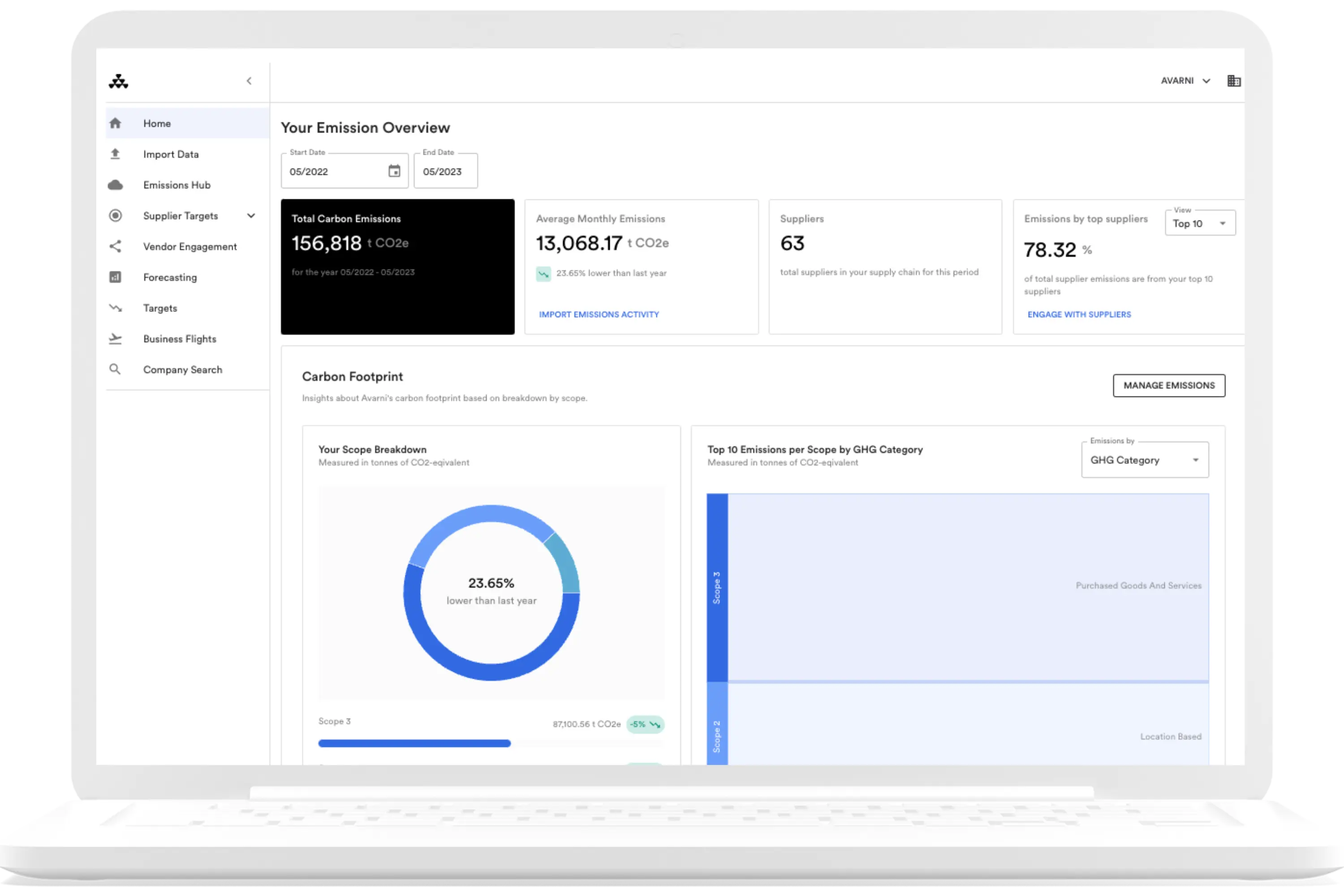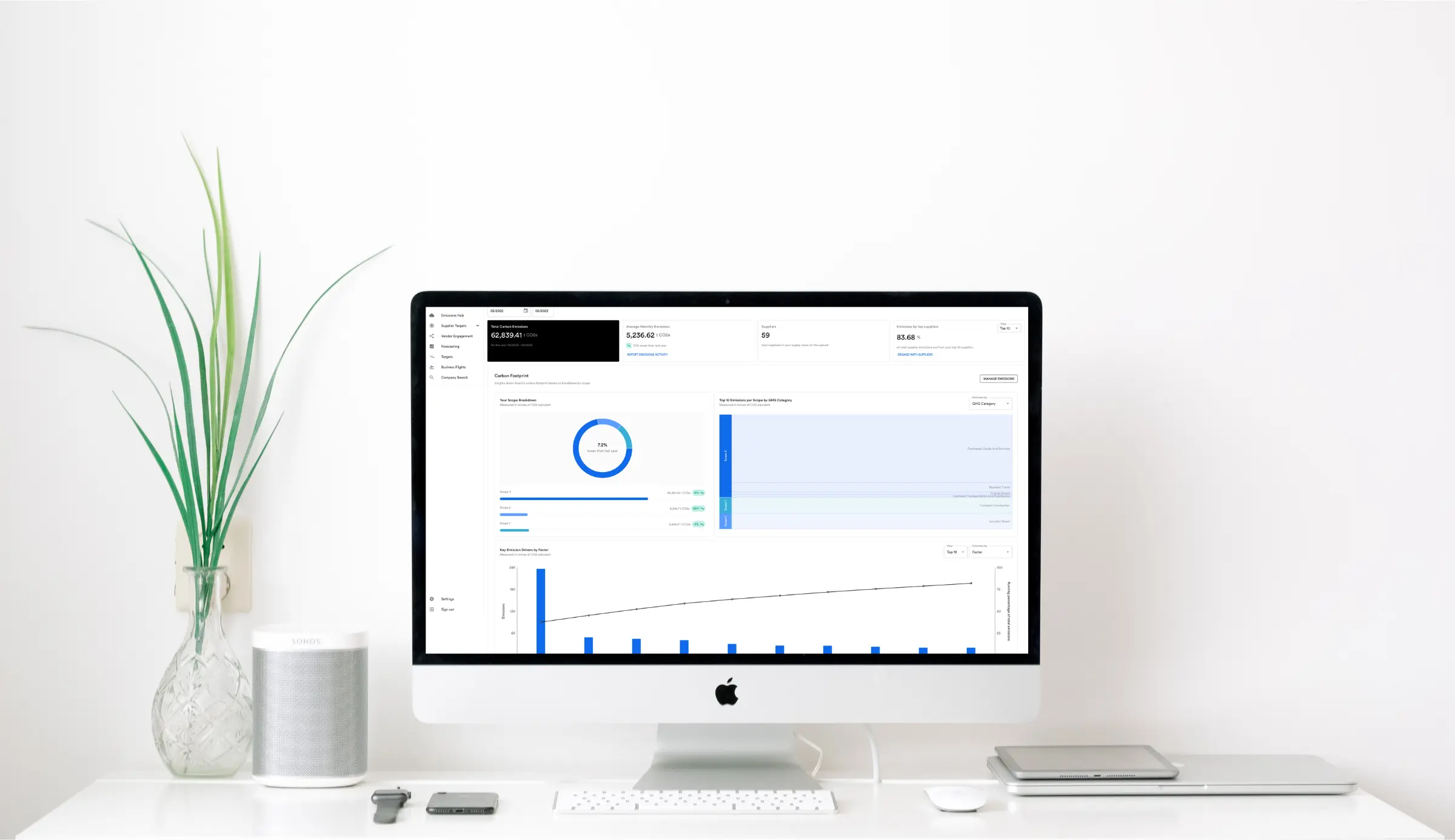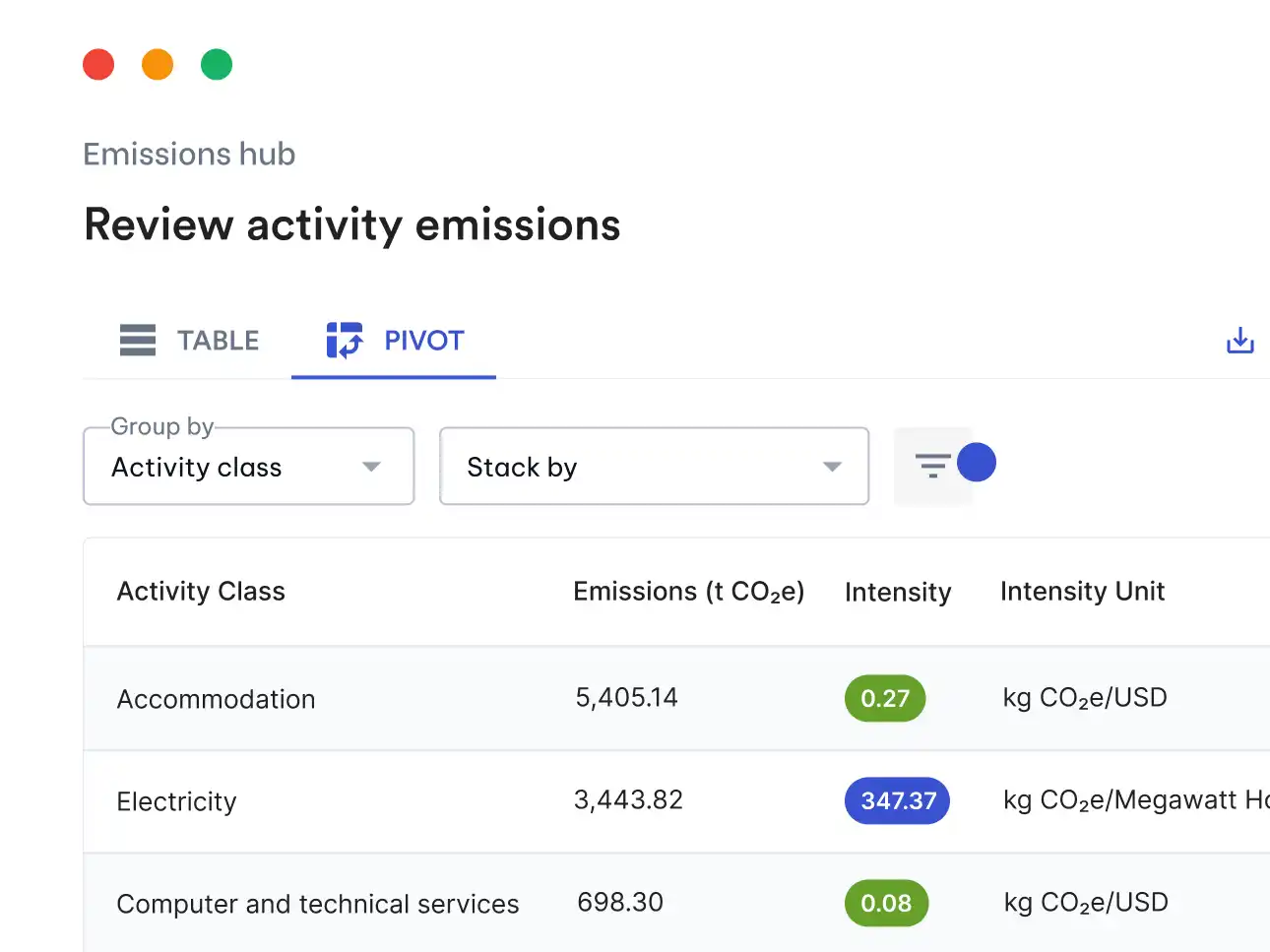As sustainability becomes increasingly important for businesses worldwide, managing and reducing greenhouse gas emissions has become a crucial objective. Scope 3 emissions, which account for indirect emissions generated by a company's value chain, have gained significant attention. To effectively measure, monitor, and mitigate these emissions, organizations are turning to Scope 3 software solutions. However, choosing the right Scope 3 software can be a daunting task. This article aims to guide you through the process of selecting the best Scope 3 software for your organization.
- Data management capabilities: Scope 3 software relies heavily on accurate data collection, management, and analysis. Look for software solutions that offer robust data management capabilities, including data collection automation, data integration from multiple sources, and real-time data monitoring. The software should allow you to track emissions across different categories, such as purchased goods and services, transportation, and fuel and energy data. Assess the software's ability to handle large data sets, perform data calculations, and generate comprehensive reports.
- Calculation methodologies: Different Scope 3 software solutions may adopt varying calculation methodologies for assessing emissions. Evaluate whether the software aligns with international standards, such as the Greenhouse Gas Protocol, and supports relevant calculation methodologies. The software should include a comprehensive list of emission factors, and the best solutions will allow you to upload and customize emission factors based on your industry-specific needs.
- Integration with existing systems: To streamline your sustainability efforts, it is crucial to select Scope 3 software that seamlessly integrates with your existing systems. Consider whether the software can integrate with your enterprise resource planning (ERP) system and other relevant platforms. Integration enables data synchronization, reduces manual data entry, and provides a holistic view of your organization's emissions.
- Reporting and analytics: Effective Scope 3 software should provide comprehensive reporting and analytics features to monitor, analyze, and communicate your emissions data. Look for software that offers useful dashboards, visualizations, and reporting templates. The software should support the generation of accurate, standardized reports compatible with industry benchmarks and regulatory requirements. Advanced analytics capabilities, such as trend analysis, scenario modeling, and predictive insights, can help you identify emission hotspots and optimize reduction strategies.
- Vendor engagement: When choosing Scope 3 software, it is crucial to prioritize vendor engagement due to the origin of Scope 3 data in your supply chain. A good Scope 3 software solution will enable your suppliers to calculate and report their emissions directly within the platform without any additional cost. This seamless process not only enhances their experience but also provides your organization with a comprehensive overview of emissions across your value chain. By facilitating supplier engagement, you can easily pinpoint emission hotspots within your supply chain and empower your suppliers to establish their own Science-Based Targets (SBTis). This ensures the comprehensive accounting of all emissions associated with your organization.
- Scalability and flexibility: Consider the scalability and flexibility of the Scope 3 software solution. As your organization evolves and grows, the software should be able to accommodate increased data volume and handle additional emissions sources. It should support multi-site or multi-country operations and provide options for expansion or customization. Scalable software ensures long-term viability and adaptability to changing sustainability requirements.
- User experience and support: Evaluate the user experience of the Scope 3 software. The interface should be intuitive and user-friendly, enabling easy navigation and data entry. Consider the availability of training and support resources offered by the software provider. A knowledgeable and responsive support team can assist you with technical issues, software updates, and ensure a smooth implementation and ongoing usage experience.
- Cost and return on investment (ROI): Consider the cost structure of the Scope 3 software, including licensing fees, implementation costs, and ongoing support charges. Evaluate the software's ROI potential by assessing its ability to help you reduce emissions, optimize resource utilization, and identify cost-saving opportunities. Balance the upfront costs with the long-term benefits and choose a software solution that offers the best value for your investment.

Avarni: AI-driven carbon management software
Avarni is an AI-driven carbon management software used by some of the world’s biggest companies. Our comprehensive calculation methodology and data collation from your supply chain ensures that all your Scope 1-3 emissions are identified — including all 15 categories within your Scope 3 emissions. Avarni empowers you to:
- Perform emissions analysis from corporate spend data, using a proprietary world-first natural language processing AI. This completely automated process makes it easy to analyse hotspots in your supply chain, without having to spend weeks or months preparing the data beforehand.
- Integrate with over 1,000 third-parties, making it easy to import your data from leading software platforms including NetSuite, Oracle, SAP, Microsoft Power BI, QuickBooks, Xero, and Coupa.
- Seamlessly onboard your suppliers at no cost. By allowing suppliers to easily calculate their own emissions from Scope 1-3, and set their own SBTis, you create a complete picture of your own value chain emissions
- Forecast your Scope 3 emissions, and model changes in your supply chain emissions over time by considering external factors such as hypothetical vendor SBTis, or adding parameters for a renewable energy transition in a particular geography, and understand the financial costs under different scenarios by setting carbon prices. AI-powered forecasting ensures that vendor SBTis are automatically included in the BAU scenario.
- Create detailed emissions reports for all your stakeholders, and export data for reporting in line with CDP, GHG Protocol, GRI, TCFD, and other global standards and frameworks.
Get in touch with us to see how Avarni can help you to effectively manage your carbon emissions and drive positive environmental impact across your value chain.





